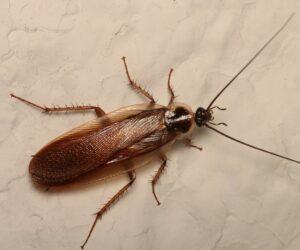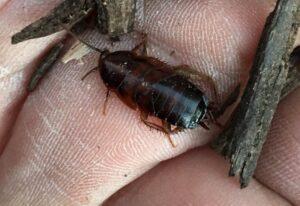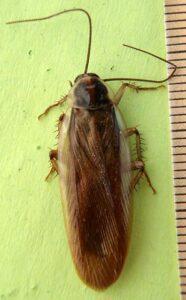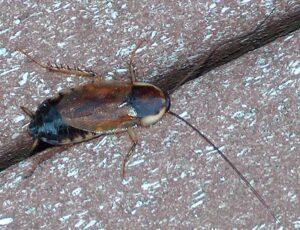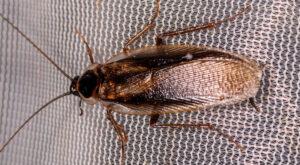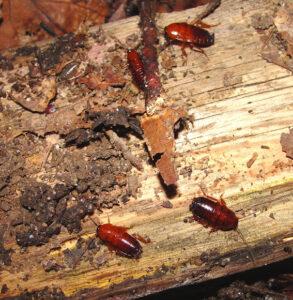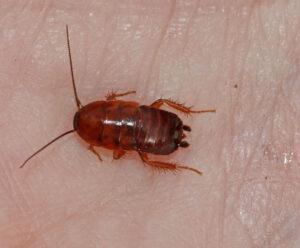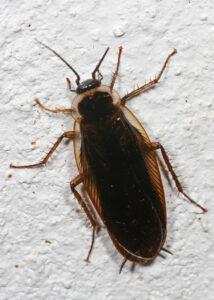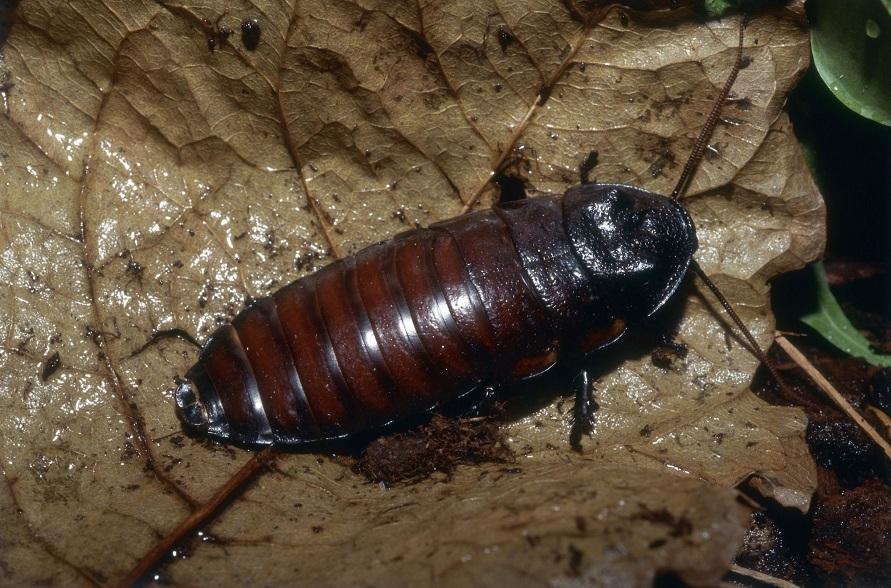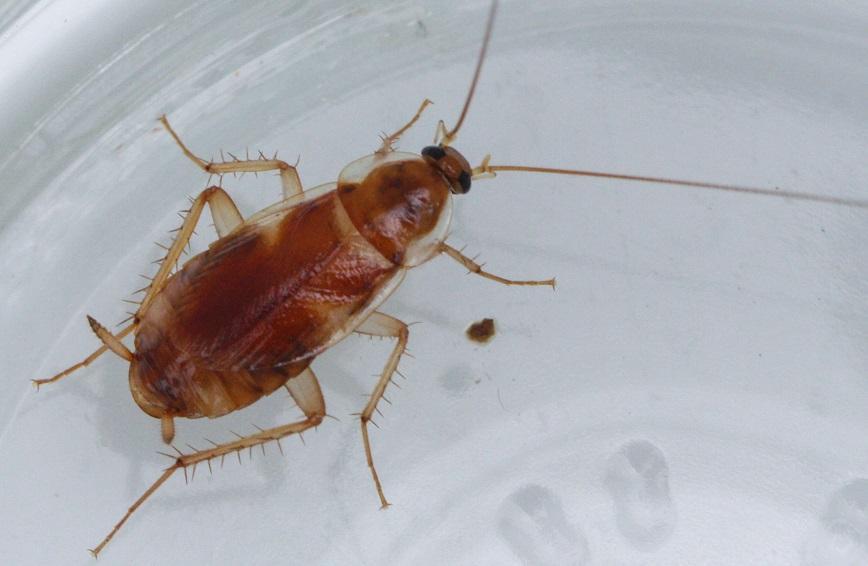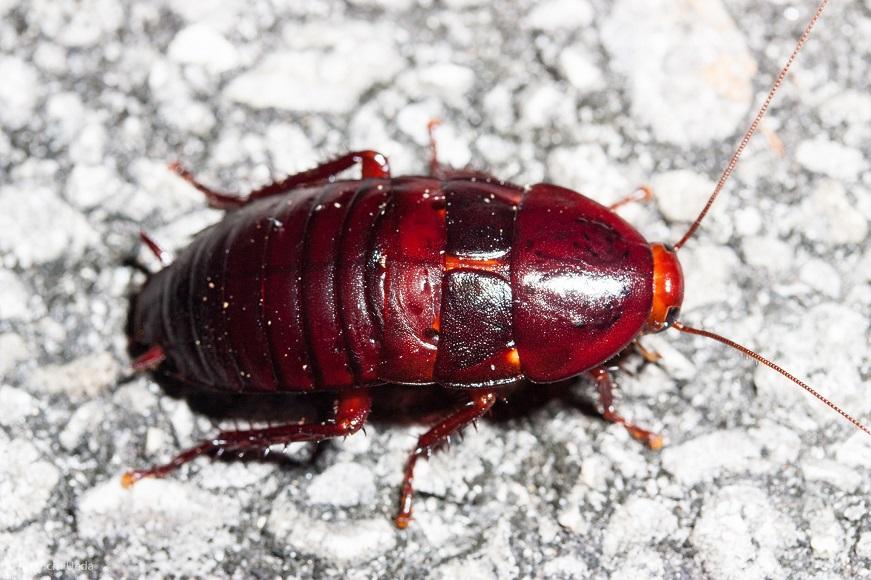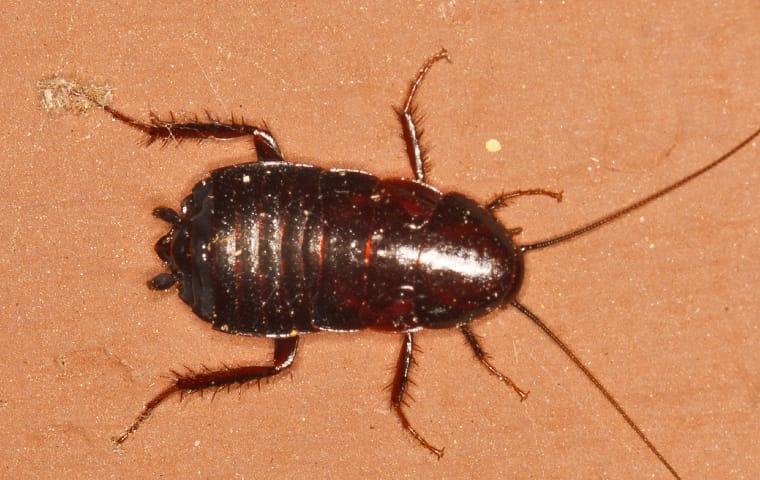Pennsylvania Wood Cockroach (Parcoblatta pensylvanica)
Updated on
17/11/2022The Pennsylvania wood cockroach, alternately called the Pennsylvania cockroach, is indigenous to the central and eastern parts of North America. As their name suggests, most of the population exists in Pennsylvania, alongside three other species: American Cockroach, Oriental Cockroach, and German Cockroach.
Scientific Classification
- Class:Insecta
- Order:Blattodea
- Family:Ectobiidae
- Genus:Parcoblatta
- Species:P. pensylvanica
Conservation Status
Description
The species display sexual dimorphism in size and color. The males are bigger than their females, with a body length between 16.8 mm and 24.5 mm. The females measure 12.7 mm to 18.0 mm. The males have a dark brown body with the sides of their thorax and the front of their wings having yellow margins. The male Pennsylvania wood cockroach has wings that are longer than the size of its body. The females lack wings but have wing pads or relatively short wings with no function. The wing pads aren’t long enough, covering around 1/3rd – 2/3rds of their abdomen.
Distribution: Eastern and Central U.S. – Alabama, Florida, Georgia, Delaware, Illinois, Virginia, Indiana, Louisiana, Kansas, Massachusetts, Minnesota, Maryland, Maine, Missouri, New York, North Carolina, New Jersey, Oklahoma, Ohio, Tennessee, Wisconsin, South Dakota, Texas, Pennsylvania; Canada – Southeastern parts in Quebec, and Ontario
Habitat: Outdoors – On tree trunks, branches of elm, and oak,woodpiles, hollow trees, and even stumps; Indoors – Under shingles, inside garages, in gutters, near light sources like well-lit windows, lighted pools, car headlights
Do They Bite/Sting: No
Lifespan: Male – Not recorded; Females – Around seven months
Predators: Frogs, salamanders, snakes, rats, mice, and birds
Behavior and Characteristics
Feeding
They feed on decayed organic matter alongside edibles like sweets and starchy substances.
Flight
The females cannot fly since their wing pads are nonfunctional. The males do have the ability to take flight but cannot hold themselves for long in the air. The male roaches frequently travel considerable distances, mostly at night large numbers to search for the female roaches.
Life Cycle
1. Egg Stage
The female lays eggs inside egg capsules in the warmer months, which she deposits behind the loose barks of stumps, fallen logs, and dead trees. The yellowish-brown egg capsules appear curved on each side, resembling a half-moon. Each capsule holds around 32 eggs at a time, which take nearly 34 days to hatch at a temperature of 80 °F. The females can produce about 1000 eggs a year.
2. Nymph Stage
The duration of the nymph stage varies, being as short as ten months or as long as 2 years, depending upon the environmental condition and temperature the roaches thrive. Most nymphs hatch from the eggs in summer, overwinter as half-grown nymphs, and reach maturity in May or June of the following year. The nymphs even have creamy white or transparent stripes on their thorax’s outer edge.
3. Adult Stage
The entire life cycle of a cockroach developing from an egg into an adult is long, from 280 – 766 days, active between May and October. The adults don’t live for long, the females surviving for around six months and the males much less.
Comparison with Similar Species
vs. German Cockroach
The Pennsylvanian cockroach is bigger than the German cockroach. The German cockroach also appears darker than the Pennsylvanian cockroach with a tan, brown or black body with dark parallel streaks running from its head to its wing’s base.
Damage and Preventive Measures
They often enter one’s home through the firewood carried indoors. These cockroaches even get into homes through cracks and crevices in walls. When speaking about the damage, if they manage to get into edibles, these insects could contaminate the food resulting in infection once you ingest them.
So, one of the best ways to restrict their entry is to prevent storing firewood indoors. Also, make it a point to seal any cracks using a silicone caulk would help minimize these cockroach’s infestations. Most of their activities are at night, so you may minimize outdoor lighting or even go for yellow bulbs than white ones to lessen the degree of visibility to these cockroaches. They even thrive well in a moist environment, so if keeping garbage cans outdoors, place them in a dry spot or keep some gravel underneath as a dry barrier.
Source
ridmycritters.com, whatsthatbug.com, bugguide.net, inaturalist.ca, budgetpestcontrolpgh.com, projectnoah.org, jungledragon.com,




